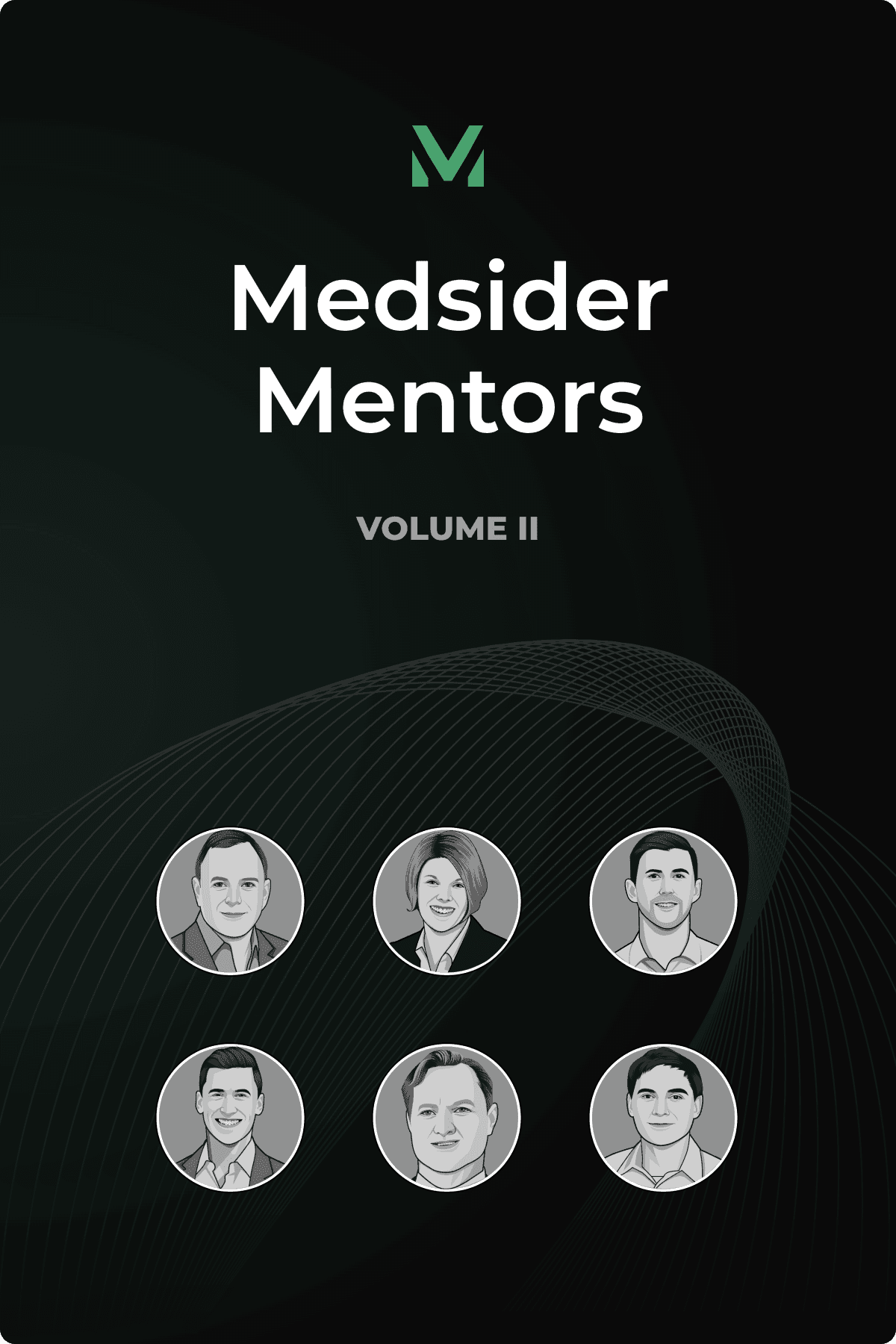A Physician's Guide to Turning Ideas into Reality
Interview With Canary Medical CEO Dr. Bill Hunter

Key Learnings From Bill’s Experience
To find an unmet need in the market, you don’t always have to look at niche problems with a magnifying glass. Examining overall trends and assessing structural gaps can also uncover opportunities. For example, Bill realized the growing tension between increasing patient demands for personalized care – and the strain it puts on healthcare providers – and decided to develop digital solutions that aim to solve this issue.
Innovation in medtech takes a superior, not just an alternative, product approach framework. Moreover, you must consider its real-world impact on the healthcare system and the workflow of providers. Think about streamlining processes, reducing hospital stays, and empowering both patients and physicians.
If you’re a physician contemplating a full-time move to a startup, embrace your entrepreneurial spirit by leveraging the stability of your medical career. Start small, experiment, and be honest with yourself about your priorities.
Dr. Bill Hunter was a dedicated medical doctor. However, when his first company, Angiotech, became a leader in drug-coated medical devices, achieving a market capitalization of over $2 billion, he decided to leave his practice behind and became a full-time entrepreneur. After Angiotech, he took on the role of CEO at Correvio, where he increased the company's valuation fivefold through strategic acquisitions and international expansion. Today, he holds a portfolio of over 200 patents and patent applications, and his inventions are touching millions of lives.
At Canary Medical, Bill and his team are giving medical devices a voice through their smart implants that can tell patients how well they’re recovering and can also alert physicians if there are signs of trouble. Their flagship product, Persona IQ, collects and monitors detailed data on a patient's gait and knee mobility after they undergo knee replacement surgery. This data can be invaluable in assessing the overall health and recovery progress of the patient.
The vision behind Persona IQ and their other smart implants is to allow patients to see if their recovery is on track by comparing their progress – in terms of parameters like their activity levels and range of motion – with extensive datasets containing the recovery journey of others.
Thanks to Persona IQ, Canary is now sitting on over 2 billion data points on human gait that can illuminate the feedback loop between gait patterns and various health conditions, helping clinicians make better, more proactive care decisions. Bill shares, “We're starting to match different pathophysiologies to different gait patterns. And I think this technology is going to be able to do far more than we initially anticipated. It's going to be really exciting.”
"Billions of dollars of medical hardware go into human beings every day, and most of them don't report back," Bill emphasizes. Canary’s mission is to work with different medical device companies to turn their non-communicative devices into smart devices. Today, Persona IQ is available in the U.S. for knees, with shoulders and hip versions planned to follow. In addition, the spine application recently received FDA Breakthrough Device designation. After twelve years of development to miniaturize the technology, Canary is also venturing into the cardiovascular space with physiologic cardiac monitors that have recently completed first-in-human trials.
You May Like These Articles
Medsider Premium
Become a premium member and unlock access to exclusive Medsider benefits.



